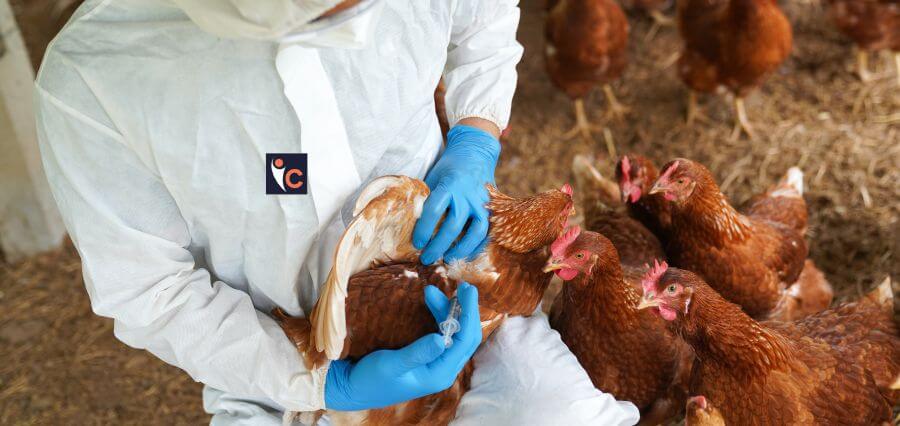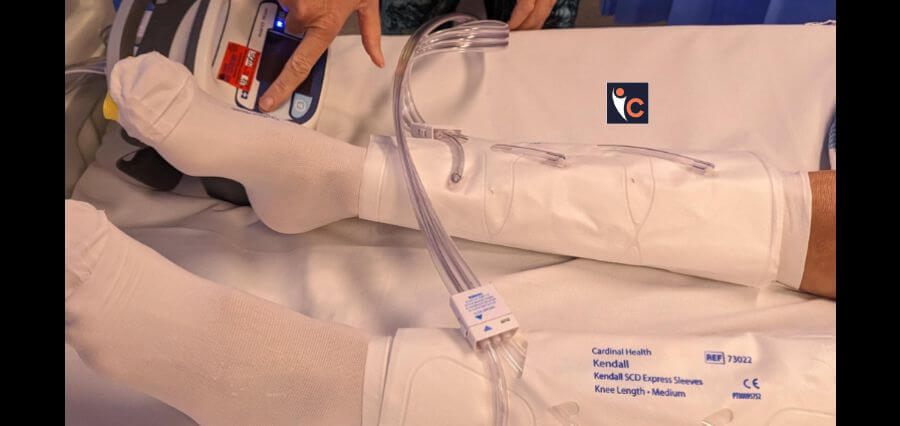An intriguing finding that may provide insight into why some cancers are becoming more common in younger persons has been discovered by researchers: a link to rapid biological ageing.
The primary risk factor for many cancers is ageing, therefore the older you are, the higher your chance of receiving a cancer diagnosis. Furthermore, professionals are realizing that age is more complex than just the amount of candles on a birthday cake. It is also the physical ageing process that results from a person’s genetics, lifestyle, and stress. This is frequently referred to as the individual’s biological age.
Dr. Yin Cao, an associate professor of surgery at the Washington University School of Medicine in St. Louis and senior author of the new research said “We all know cancer is an ageing disease. However, it is really coming to a younger population. So whether we can use the well-developed concept of biological ageing to apply that to the younger generation is a really untouched area,” at the time of presenting on Sunday at the American Association of Cancer Research’s annual conference in San Diego.
The medical records of 148,724 participants in the UK Biobank, a huge data registry, between the ages of 37 and 54, were examined by Cao and her team.
They focused on nine biomarkers found in blood that have been linked to biological age:
- Albumin: a liver-produced protein that becomes less effective with age
• Creatinine: a waste product in blood that is generated during the breakdown of muscle tissue and the digestion of proteins; it is used to gauge kidney function. Greater longevity is correlated with lower levels.
• Glucose: As people age, their post-meal blood sugar levels remain higher for longer.
• C-reactive protein: a hepatic response to inflammation; comparatively greater levels are associated with accelerated aging
• Lymphocyte percent: As people age, there is a tendency for the concentration of these immune-related white blood cells to drop.
• Mean cell volume: an indicator of red blood cell average size that rises with age
• Red cell distribution width: the age-related increase in the size difference between an individual’s smallest and largest red blood cells
• Alkaline phosphatase: an age-related rise in an enzyme primarily found in the liver and bones
• White blood cell counts: A higher proportion of white blood cells in the blood may indicate a higher age.
The PhenoAge algorithm was then used to calculate each person’s biological age using these nine parameters. Through the comparison of individuals’ chronological and biological ages, the researchers were able to identify accelerated aging.
The researchers next looked up the number of people in the group who had been diagnosed with early cancers—those that manifested before the age of 55—in cancer registries.Approximately 3,200 of these tumors were identified.
Researchers discovered that compared to those born between 1950 and 1954, those born in 1965 or later had a 17% higher chance of exhibiting accelerated aging.
Read More: Click Here















